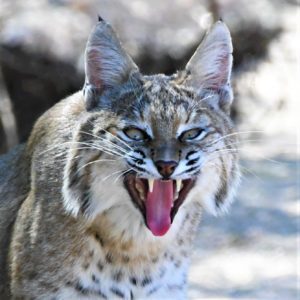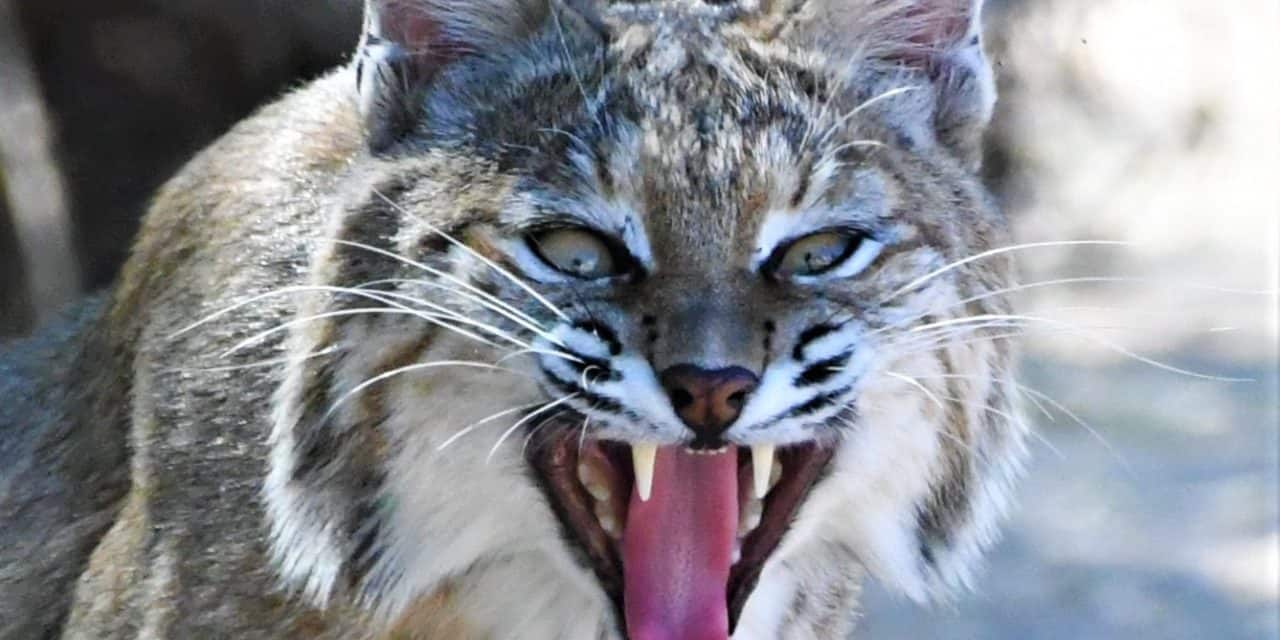
Have you ever seen a bobcat in the wild? The truth is, it is likely that many have seen you, and you have not seen them! But if you are lucky enough to spot one of these elusive creatures, I am certain you will be in awe!
Their most identifiable marking is their tufted ears! The color of the bobcat may vary, but typically they will be tan/brown with streaks and spots that act as camouflage. They may grow to about 50” long, and 24” tall. And a mature male bobcat can weigh as much as 60 pounds!
They are typically active in the evening and early mornings, resting at night and midday. Research regarding the range of the bobcat varies according to many influencing factors. Some studies show that there could be as many as 38 bobcats per square mile, while others show much smaller numbers. Two of the influencing factors are human population and the other is availability of food.
The bobcat’s diet is diverse, but mostly influenced by what is available. Their favorite food is rabbit! They will eat fish, other small mammals such as rodents, and even insects. If food sources are scarce, they will kill larger animals like deer, foxes, minks, martens, skunks, small dogs and cats. They are occasional hunters of livestock and poultry and will scavenge the remains of livestock killed by other animals. They can run 30 mph and leap up to 10’! Not to mention that they have excellent vision, hearing and a well-developed sense of smell.
It is believed that both male and female bobcats will copulate with more than one mate in a season. The female will breed within the first year, typically have two to four kittens, and she raises them by herself. The birth will usually be in a hollow log, or cave; the kittens’ eyes open in 10 days, are weaned at about 8 weeks, in about 5 months they begin to travel with their mother and leave the family unit in about a year.
The bobcat’s biggest predator is the human. In some areas bobcats are protected and in other areas they are still hunted for their fur and sport. The bobcat is also exposed to secondary poisoning by consuming rodenticides from poisoned mice and rats which can kill or weaken the cat’s immune system.
All in all, the bobcat plays a very important role in our world. It, along with others, is very effective in keeping the rodent population at bay.
Interesting “Fun Fact”; In a Shawnee tale, the bobcat is outwitted by a rabbit, which gives rise to its spots. After trapping the rabbit in a tree, the bobcat is persuaded to build a fire, only to have the embers scattered on its fur, leaving it singed with dark brown spots.












